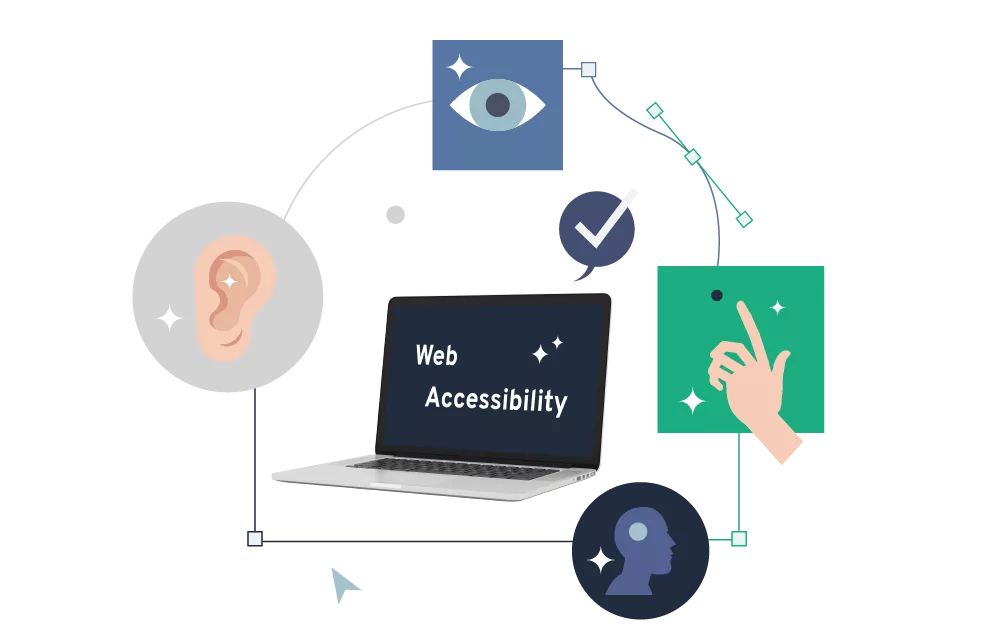UI vs UX design - an overview
UI design, UX design - for many, these terms are still foreign concepts. In this article, we will give you an overview and classification of the different roles in the product design process.

What is UX? #
UX stands for "user experience" and describes all aspects of a user's experience when interacting with a product, service, or environment. Depending on the needs and scope of the project, the design process may be carried out by a single designer or a team of specialists.
Differences between UI and UX Design #
UI and UX are two central areas of product design. There can be further specializations in both areas. The roles can overlap to a certain extent, but they differ in their tasks and methods. While UX design primarily involves working with users (user research and testing), UI design focuses on the visual design of user interfaces based on style guides and design systems.
Roles in UI Design #
UI designers focus on the visual design and creation of the user interface. This includes several specializations:
- UI Designer - User interface design, takes care of layout, colors, fonts, buttons, and other graphical elements
- Information Designer - Structures content and creates navigation systems, sitemaps, and wireframes
- Motion Designer - animates UI elements and transitions between states or scenes
- Interaction Designer - creates interactive elements such as clicks, swipe gestures, scrolling behavior, and visual feedback (e.g., hover effects)
- Accessibility Designer - ensures the product is accessible to all users
This does not include content designers such as visual, brand, illustration, animation, type designers or even video and photographers, as well as copywriters, who can also play a critical role in how we perceive a digital product.
Roles in UX Design #
UX designers look at the entire user experience and interaction with a product. They work closely with users to gain valuable insights through research and testing. There are also several specializations like as:
- UX Researcher - conducts user research, analyzes data, creates personas, and gathers feedback
- UX Writer - optimizes text for buttons, menus or error messages
- Usability Designer - focuses on improving usability through testing, user research and evaluation
Conclusion #
The exact distribution of roles depends on the needs of the project and the strengths of the people involved. In small teams, tasks often overlap, while in larger teams, greater specialization is possible. In principle, UX design always requires direct contact with end users, while UI design relies on design systems and style guides. Both fields use different methods to work on different aspects of a product. They are essential components of product design and have the common goal of creating an optimal user experience.


 Jürgen Fitzinger
Jürgen Fitzinger



